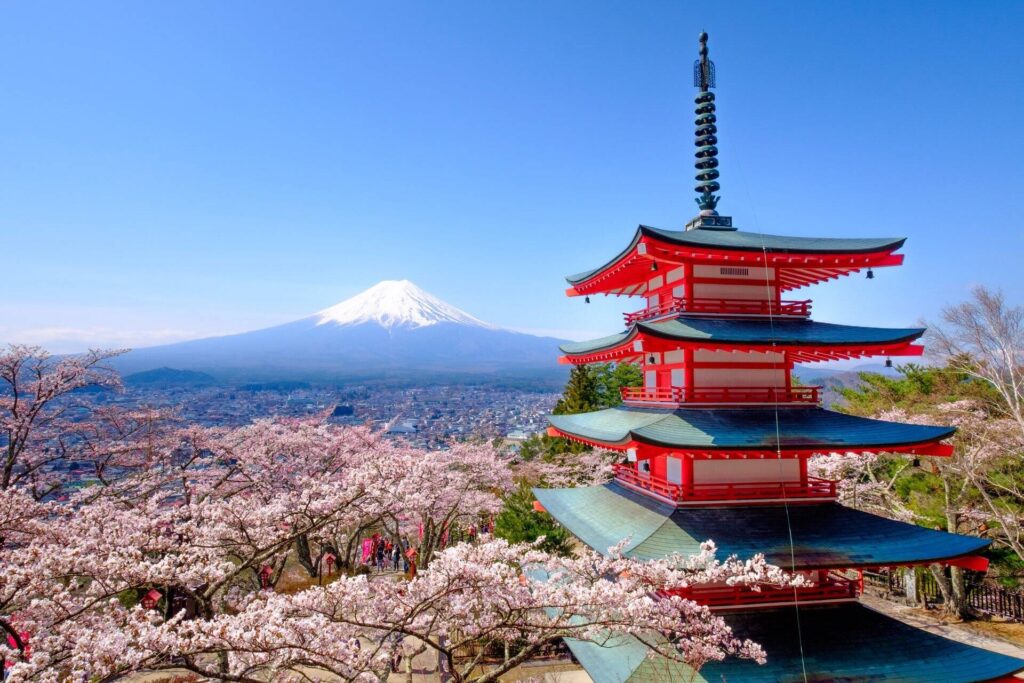
Introduction:
Vietnam, often an underdog in the realm of cultural exploration, unveils a hidden treasure trove for those who seek to delve into its ancient and vibrant heritage. With roots dating back to one of the oldest cultures in the world, Vietnamese culture boasts a unique identity shaped by centuries of history. Influenced by Chinese culture yet distinct in its own right, Vietnam offers travelers a captivating journey into a world of traditions, artistry, and the enchanting vibrancy of daily life. In this article, we explore the richness of Vietnamese culture through its art, clothing, and the unique traditions that make it a cultural gem waiting to be discovered.
1. A Tapestry of Tradition:
Vietnamese culture, steeped in history, weaves a tapestry of tradition that captivates the senses. The country’s unique blend of indigenous customs, Chinese influences, and regional diversity creates a cultural landscape that is both intricate and fascinating. From ancient rituals to contemporary expressions, Vietnam is a living testament to the enduring beauty of its heritage.
2. Traditional Vietnamese Clothing:
The vibrant cultural tapestry of Vietnam is vividly expressed in the traditional clothing worn by its people. Áo Giao lĩnh, a collared robe worn by men, is a symbol of grace and tradition. Meanwhile, Áo Tứ Thân, a dress with four parts adorned by women, reflects both elegance and the intricate craftsmanship passed down through generations. These garments tell a visual story of Vietnam’s cultural evolution, connecting the present to its ancient roots.
3. Timeless Customs and Rituals:
Vietnamese culture is deeply embedded in timeless customs and rituals that reflect the spiritual and communal values of its people. Whether witnessing a traditional Tet Festival celebration, participating in a pagoda ceremony, or exploring the art of water puppetry, travelers gain insight into the heart and soul of Vietnam’s cultural identity.
4. Culinary Heritage: A Symphony of Flavors:
No exploration of Vietnamese culture is complete without savoring its culinary delights. Vietnamese cuisine is a symphony of flavors, characterized by fresh ingredients, aromatic herbs, and a delicate balance of sweet, salty, sour, and spicy notes. From the iconic Pho to the delicate nuances of Vietnamese coffee culture, every dish tells a story of regional influences and culinary craftsmanship.
5. Artistry and Craftsmanship: From Silk Lanterns to Water Puppets:
Vietnam’s artistic expression extends beyond clothing to encompass various forms of craftsmanship. Intricately designed silk lanterns illuminate the night markets, while water puppetry, a traditional art form, brings ancient stories to life in a mesmerizing aquatic dance. Exploring the artistry of Vietnam offers travelers a unique window into the creativity that flourishes within the cultural fabric of the country.
6. Cultural Diversity Across Regions:
Vietnam’s cultural richness is further amplified by its regional diversity. From the bustling streets of Hanoi to the tranquil landscapes of Hoi An and the vibrant energy of Ho Chi Minh City, each region boasts its own unique traditions, dialects, and customs. Cultural travel in Vietnam becomes a dynamic journey through contrasting landscapes, showcasing the country’s multifaceted identity.
Conclusion:
Vietnam, with its rich cultural heritage, is a destination that beckons travelers to uncover the layers of tradition, artistry, and culinary mastery. Beyond its picturesque landscapes, Vietnam’s cultural tapestry is a living expression of its people’s resilience, creativity, and timeless connection to the past. As travelers immerse themselves in the colliding worlds of ancient rituals and modern expressions, they discover a country that, despite being an underdog in cultural recognition, shines brightly as a captivating cultural destination awaiting exploration.


